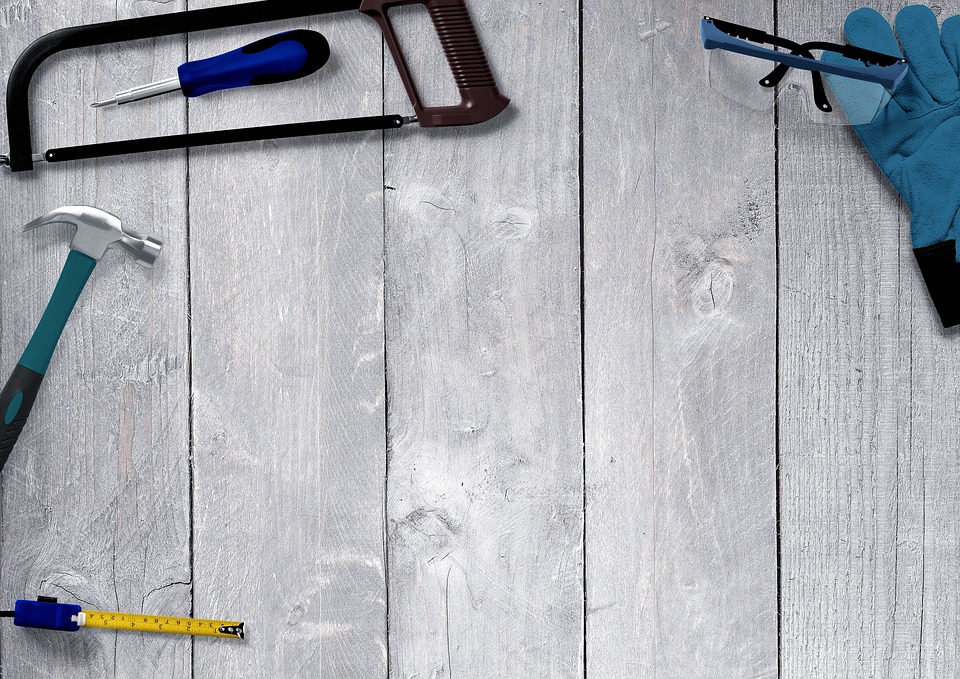Sewing with bias tape can add a professional and polished finish to your sewing projects. Whether you’re creating clothing, quilts, or home decor items, knowing how to use bias tape effectively can take your sewing skills to the next level. In this article, we’ll provide a complete overview of the materials, tools, and techniques you’ll need to successfully sew with bias tape.
Materials
Bias tape, also known as bias binding, is a narrow strip of fabric cut on the bias, or diagonal grain. This allows the tape to stretch and bend around curved edges, making it ideal for finishing armholes, necklines, and hems.
Bias tape comes in a variety of widths, colors, and materials, including cotton, satin, and silk. When selecting bias tape for your project, consider the weight and drape of your fabric, as well as the desired finished look.
Tools
To sew with bias tape, you’ll need a few essential tools:
– Fabric scissors or rotary cutter and cutting mat
– Bias tape maker
– Sewing machine
– Iron and ironing board
– Pins or clips
The bias tape maker is a key tool for creating your own bias tape. Simply feed a strip of fabric through the bias tape maker, press the fabric with an iron as it comes out, and voila – you have perfectly folded bias tape ready to use!
Techniques
There are several different techniques for using bias tape in your sewing projects, including applying it as a binding, facing, or trim.
Binding: To bind an edge with bias tape, simply sandwich the raw edge of the fabric between the two folded edges of the bias tape, and stitch in place. This creates a clean and finished look on the inside and outside of the garment or item.
Facing: Bias tape can also be used as a facing to finish the raw edges of a garment or item. Simply sew the bias tape to the wrong side of the fabric and then fold it over to the right side and stitch in place for a clean and professional finish.
Trim: Using bias tape as a decorative trim can add visual interest to your projects. You can topstitch the bias tape onto the fabric along the edges or create intricate designs using different widths and colors of bias tape.
In summary, sewing with bias tape can elevate the look of your sewing projects and make them look more professional. By understanding the materials, tools, and techniques involved, you can confidently incorporate bias tape into your sewing repertoire and achieve stunning results. So, grab some bias tape and get ready to take your sewing skills to the next level!

